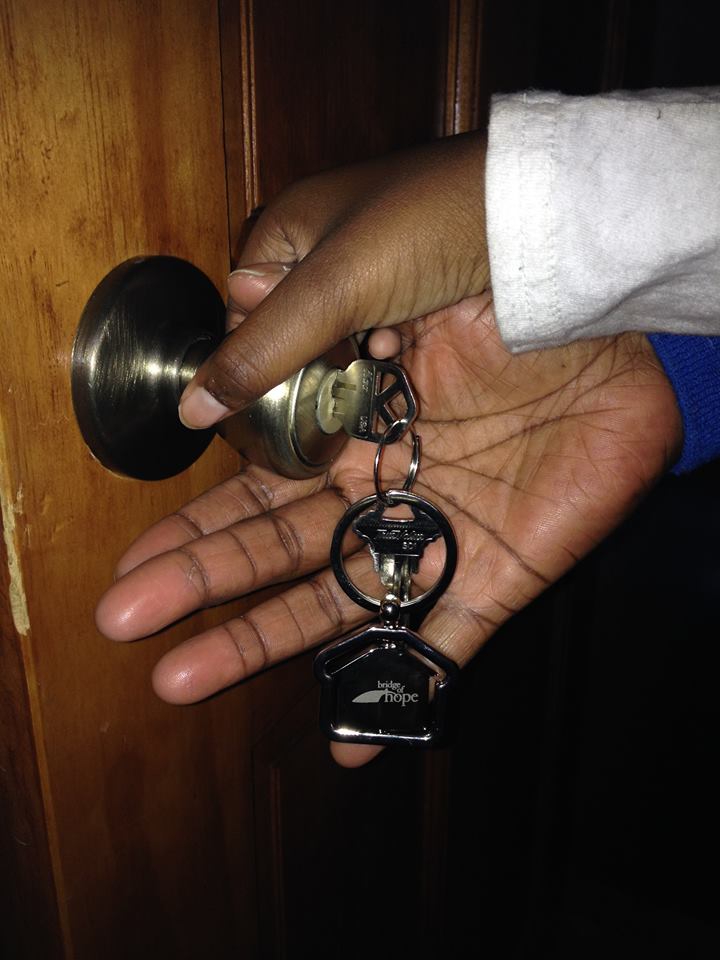Janella’s Climb
February 18, 2021

Rental Assistance – A Crucial First Step
Janella* and her 3-year-old twins were living at a shelter for several months after losing their apartment. Janella had been attending culinary school, until she had to leave after being hospitalized for a debilitating illness. Then she lost her job. She eventually found a job working full time in housekeeping at a local hospital but was not making a living wage. Having no transportation at the shelter, Janella walked several miles each morning to take her children to daycare, and then herself to work and all over again each evening. Getting back into housing and stability seemed like an unattainable climb.
The best way to end homelessness is to help families move into housing as soon as possible and then provide additional support and services to ensure long-term outcomes. Safe and Sustainable Housing:
- allows families to focus energies on mitigating other circumstances contributing to their initial crisis of housing
- meets a family’s desire for the safety, stability, privacy, and dignity that a permanent home typically provides
Providing additional financial resources, especially with initial and short-term rental costs, means families are more likely to find permanent housing. Rental assistance enables women to:
- pursue job training and education to increase earning potential
- pay down back debt or fines
- develop positive budgeting skills
- work towards establish an emergency savings fund
- better meet the family’s basic needs
Rental assistance also lessens time in shelters and transitional housing, which can cost as much as five times more than a year of rental assistance. (Roman, N. (Sept. 2011). Keynote remarks: Domestic Violence Housing First Symposium)
Housing First as a foundational philosophy is a key part of the Bridge of Hope program model. Rental assistance is:
- typically provided on a decreasing basis over a period of 6 to 12 months
- based on each woman’s individual circumstances and plans for financial stability
- determined in consultation with the family and the case manager
The Bridge of Hope model also includes a network of support through a trained group of church-based Neighboring Volunteers. This support system increases the likelihood that a family overcoming homelessness will be able to maintain stable housing.
Janella’s shelter case manager referred her to Bridge of Hope when her time there was ending. With the support of Bridge of Hope programming and her Neighboring Volunteers, Janella and her twins moved into a first floor apartment with a small backyard and she’s back in school-pursuing her life-long dream of becoming a nurse. The rental assistance helped Janella plant the seeds of financial stability and her Neighboring Volunteers helped her plant friendship and a beautiful space in her new yard. Janella already had the commitment and perseverance to move forward; temporary rental assistance helped her reach that first step of the climb.
Thank you for your deep care of the families you serve,
Anne Dunnenberger
Director of Outreach
